For my DBR dissertation I set up a project on two LLM dairies investigating the prevalence of subclinical milk fever and the effects having low blood calcium at calving had on their subsequent fertility. We are all familiar with the clinical signs of milk fever (cows unable to rise, low temperatures, stiff faeces) and know it can have dramatic consequences including death. Subclinical milk fever goes undetected, is less well understood but can have big impacts on your herd productivity.
251 cows were blood sampled 0-24 hours post calving and tested for total calcium, magnesium, and inorganic phosphorus. Fertility and health data was collected from farm software and transition diets were analysed. 57% of cows had calcium boluses postcalving and post blood sampling, as per existing farm protocol. Farm one had a clinical milk fever incidence of 2% and farm two 3%.
Results
98 (39%) of the sampled cows had low blood calcium, 25 (10%) had low magnesium and 171 cows (70%) had blood low blood phosphorus. Cows of higher parity and with higher predicted 305-day milk yields (kg) had lower blood calcium. On farm two, blood calcium reduced as blood phosphorus reduced, but this effect was not seen on farm one which fed zeolite clay calcium binders.
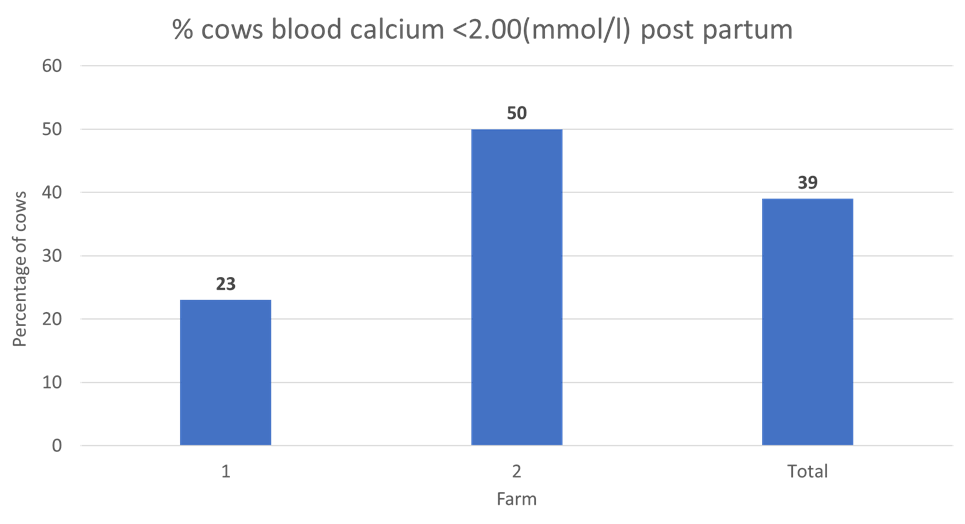
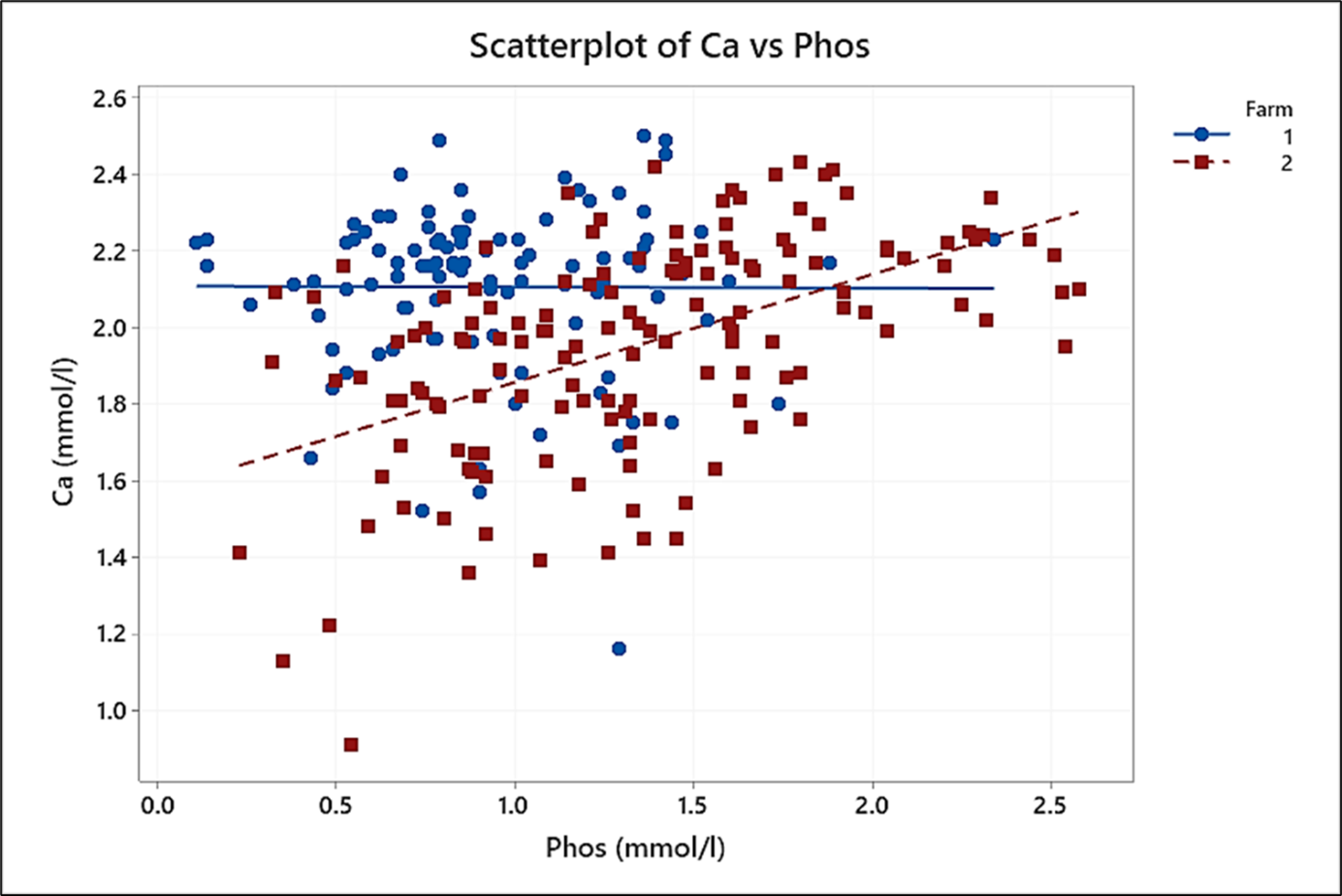
Fertility Effects
Cows with low calcium post-partum had an increased time to first service. Cows with serum calcium <2mmol/l had an increased chance of synchronisation to first service, which could suggest that these cows returned to cyclicity postpartum later and therefore entered synchronisation protocols.
Conclusion
Subclinical hypocalcaemia is still highly prevalent on modern well managed UK dairy herds, even where clinical hypocalcaemia is well controlled, and has significant negative associations with time to first service, and percentage of cows synchronised to first service. Differences in methods of dietary control in the pre-partum transition period in this study seem to impact the associations between blood calcium, magnesium, and phosphorus post-partum. Feeding a lower phosphorus diet in the dry period using calcium binders appeared to have a positive effect on minimising macro mineral imbalances.
Controlling calcium imbalances around calving remains important even when clinical milk fever is well controlled, if you are interested in hearing more give me a call!

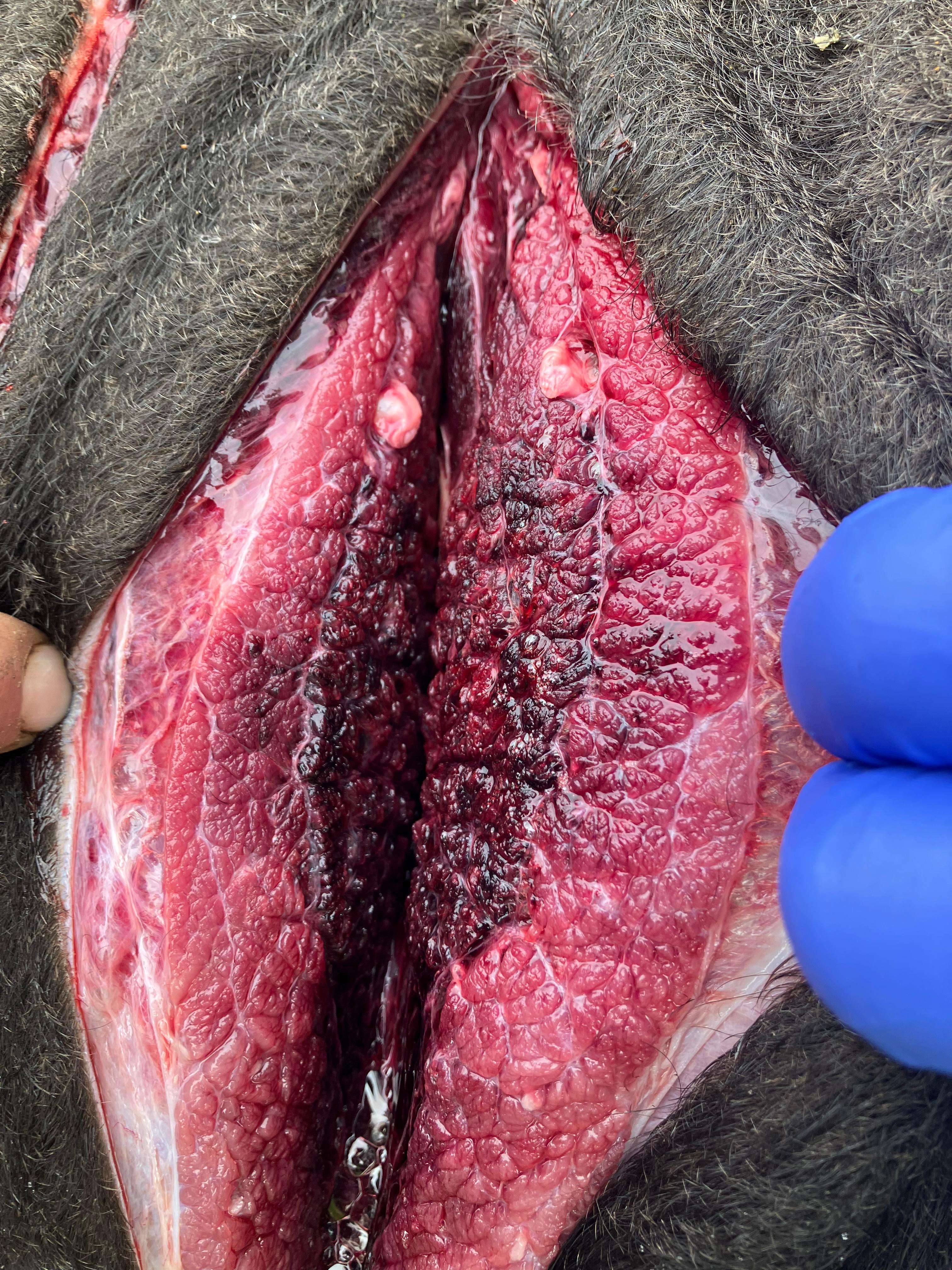

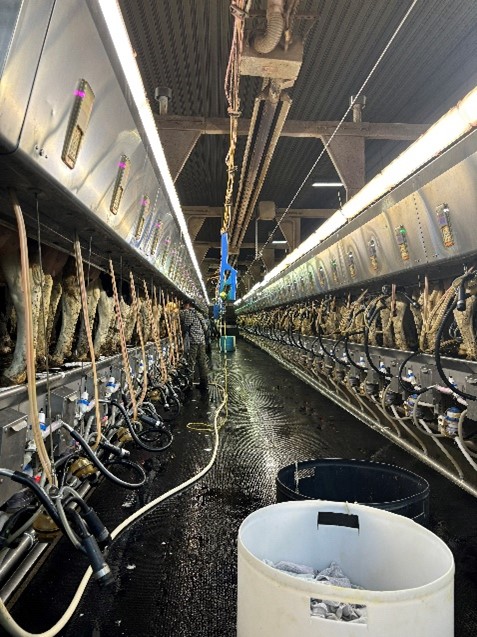
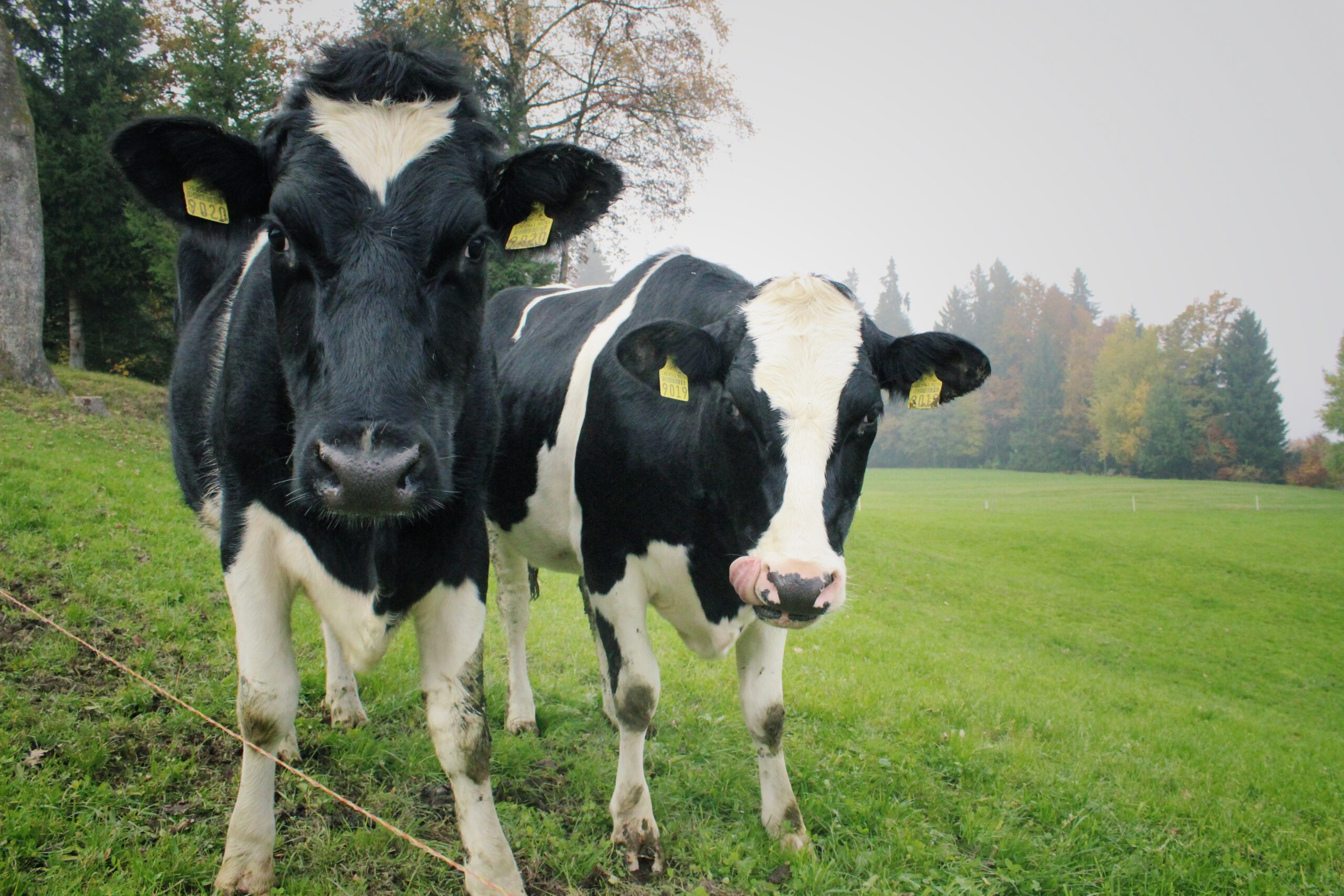
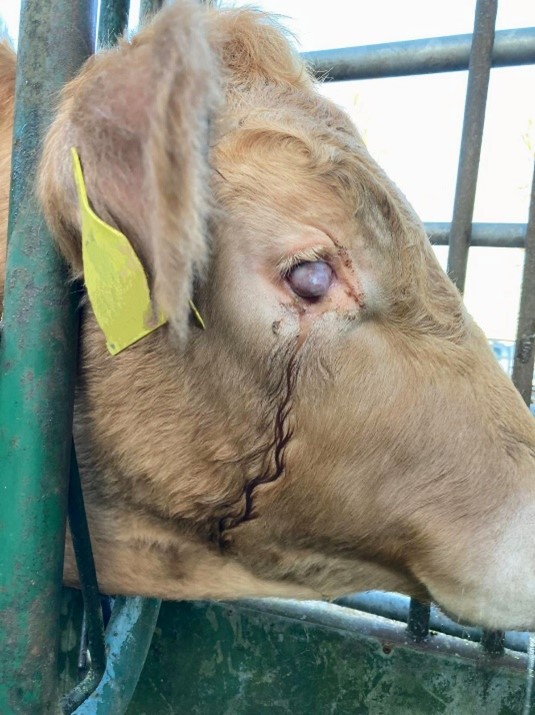

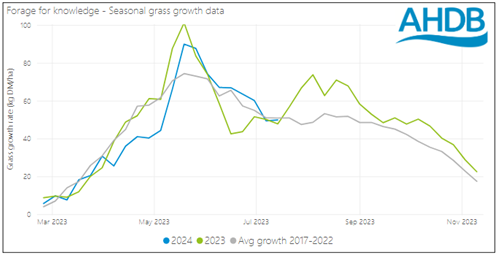
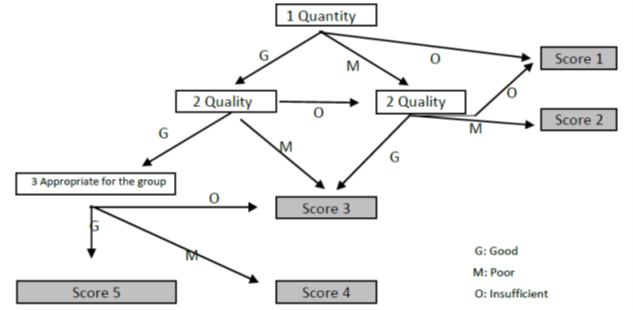

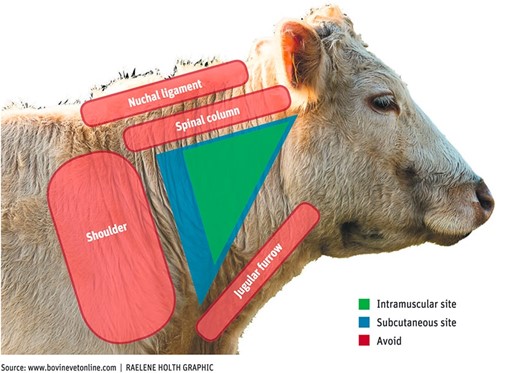
Leave A Comment